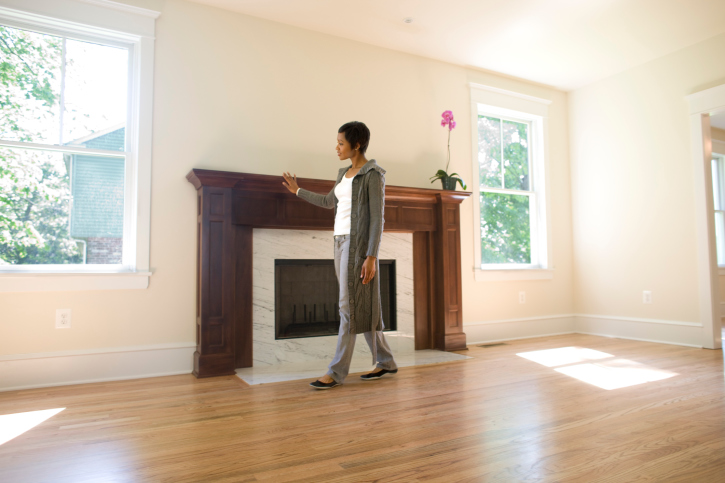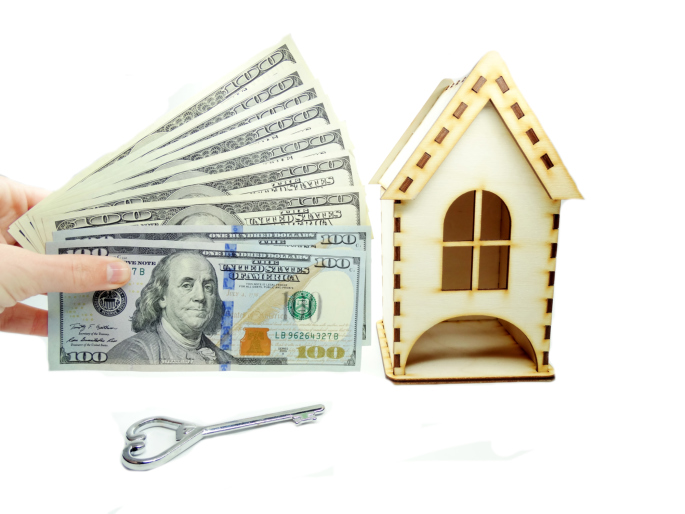 The cost of living in America varies widely in different parts of the country. In general, it is less expensive to live in the country than in the cities.
The cost of living in America varies widely in different parts of the country. In general, it is less expensive to live in the country than in the cities.
However, there are many cities where the cost of living is modest compared to others where the money needed to live there is outrageous in comparison.
These rankings came from comparing the monthly cost of renting a one-bedroom apartment, utilities, the price for gasoline, and the cost of groceries.
The Ten Lowest-Cost Cities For Renters
From Texas and Ohio to New Mexico and Arizona, there are some nice cities in this low-cost group.
The top ten lowest-cost cities are:
- El Paso, Texas
- Lincoln, Nebraska
- Toledo, Ohio
- Wichita, Kansas
- Louisville, Kentucky
- Tulsa, Oklahoma
- Memphis, Tennessee
- Lexington, Kentucky
- Albuquerque, New Mexico
- Mesa, Arizona
For the top ten lowest-cost cities, the total monthly expenses for two adults ranges from just under $1,200 per month in El Paso to just over $1,500 per month in Mesa. These cities are a great deal when compared to other cities.
In America, the median rent of $1,566 per month is more than the total amount needed to live in these low-cost cities.
The Ten Highest-Cost Cities For Renters
It is not surprising that the biggest metropolitan areas are on the high-cost list.
The top ten highest-cost cities are:
- San Francisco, California
- New York, New York
- San Jose, California
- Oakland, California
- Boston, Massachusetts
- Jersey City, New Jersey
- Washington, D. C.
- Los Angeles, California
- Seattle, Washington
- Irvine, California
For the top ten highest-cost cities the total monthly expense for two adults ranges from just over $2,000 per month in Irvine to over $4,200 per month in San Francisco. For those wanting to live in the “City by the Bay” of San Francisco, both of the people in a couple better have an incredibly well-paying executive position to be able to afford to live there.
What About Home Buying?
The national median home price in America is $229,000. The city with the highest median home price is San Francisco at $1,352,000. New York is only $672,000 in comparison. The median home price in El Paso is $129,800; however, El Paso does not have the lowest-priced homes in the country.
The Top Ten Cities With The Lowest-Priced Homes
There are many cities where the homes sell at bargain prices for under $100,000, these include:
- Detroit, Michigan — Median home value: $42,800
- Dayton, Ohio — Median home value: $66,500
- Cleveland, Ohio — Median home value: $67,600
- Lansing, Michigan — Median home value: $77,100
- Buffalo, New York — Median home value: $77,800
- Toledo, Ohio — Median home value: $78,600
- Rochester, New York — Median home value: $79,400
- Akron, Ohio — Median home value: $80,100
- South Bend, Indiana — Median home value: $81,100
- Brownsville, Texas — Median home value: $85,900
Conclusion
There are bargains to be found in many parts of America for those that do not have to live in the big cities.
Many younger people are now part of the “gig” economy. They do all of their work online and can work from anywhere that has a decent Internet connection. For these young people, finding a lost-cost city in America to live in and finding a modestly-priced home to buy is not limited to any particular area.
 As a homebuyer, your real estate agent will do their best bring you to see homes that meet the criteria you asked for. However, there’s no guarantee that a home will have a history of being properly cared for.
As a homebuyer, your real estate agent will do their best bring you to see homes that meet the criteria you asked for. However, there’s no guarantee that a home will have a history of being properly cared for. If you’ve been putting off your house hunting, it’s time to head out. Summer is the best season to go shopping for a new home, for a variety of reasons.
If you’ve been putting off your house hunting, it’s time to head out. Summer is the best season to go shopping for a new home, for a variety of reasons.  It’s an exciting time when you’re buying or selling your home and your real estate agent is your partner in this real estate endeavor. But there are some questions that your agent can’t or won’t be able to answer for you. These are the top three questions not to ask your real estate agent.
It’s an exciting time when you’re buying or selling your home and your real estate agent is your partner in this real estate endeavor. But there are some questions that your agent can’t or won’t be able to answer for you. These are the top three questions not to ask your real estate agent. Owning a home may be the American dream, but for many who are in a lower income bracket, finding a loan can become challenging. Thankfully, there are several loan programs that can work well for lower-income people considering homeownership. Here’s a closer look at some of these home loans designed to help people who have a low-to-moderate income find a way to buy a home.
Owning a home may be the American dream, but for many who are in a lower income bracket, finding a loan can become challenging. Thankfully, there are several loan programs that can work well for lower-income people considering homeownership. Here’s a closer look at some of these home loans designed to help people who have a low-to-moderate income find a way to buy a home. Multigenerational housing is a growing trend that is propelled by the “graying of America.” This trend is the mirror image of children who become adults still living with their parents. Instead, with multigenerational housing, the adult children invite their parents to live with them. Many are seeking to buy larger homes to accommodate the needs of their young family, while also being able to live together with their parents.
Multigenerational housing is a growing trend that is propelled by the “graying of America.” This trend is the mirror image of children who become adults still living with their parents. Instead, with multigenerational housing, the adult children invite their parents to live with them. Many are seeking to buy larger homes to accommodate the needs of their young family, while also being able to live together with their parents. Many millennials are reaching the age where they are thinking about buying homes for the first time. It turns out that many members of this generation are finding this process challenging. Even though the housing market is great for those looking to buy, surveys indicate that this generation also finds the process overwhelming.
Many millennials are reaching the age where they are thinking about buying homes for the first time. It turns out that many members of this generation are finding this process challenging. Even though the housing market is great for those looking to buy, surveys indicate that this generation also finds the process overwhelming. You might have gotten used to the flexibility of renting. You probably like not having to worry about repair costs and you likely enjoy the ability to pack up and move in short order. On the other hand, you are probably tired of throwing money away and are ready to build equity in a home. While the opportunity to become a homeowner is undeniably attractive, how do you know that you are ready to take on this responsibility? There are a few signs to note.
You might have gotten used to the flexibility of renting. You probably like not having to worry about repair costs and you likely enjoy the ability to pack up and move in short order. On the other hand, you are probably tired of throwing money away and are ready to build equity in a home. While the opportunity to become a homeowner is undeniably attractive, how do you know that you are ready to take on this responsibility? There are a few signs to note. Owning a house comes with major responsibilities and one of the most important is routine maintenance. While many people like to skip routine maintenance in an effort to save money, the reality is that these routine maintenance is going to save people down the road. The reality is that maintenance is a homeowner’s first line of defense when it comes to protecting their most valuable investment, which is their home.
Owning a house comes with major responsibilities and one of the most important is routine maintenance. While many people like to skip routine maintenance in an effort to save money, the reality is that these routine maintenance is going to save people down the road. The reality is that maintenance is a homeowner’s first line of defense when it comes to protecting their most valuable investment, which is their home. A “buyer’s market” happens when people looking to buy a home have a stronger bargaining position than the sellers have. In a classic economic sense, a buyer’s market occurs when the supply of homes available for sale exceeds the demand for them. However, other things in real estate create a buyer’s market.
A “buyer’s market” happens when people looking to buy a home have a stronger bargaining position than the sellers have. In a classic economic sense, a buyer’s market occurs when the supply of homes available for sale exceeds the demand for them. However, other things in real estate create a buyer’s market.